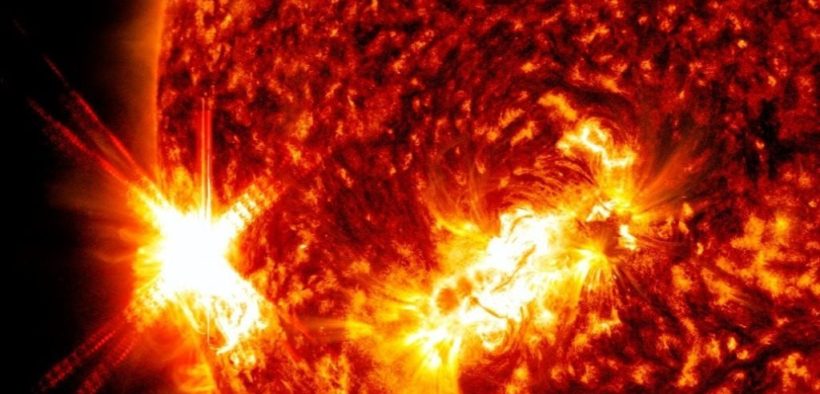NASA is preparing a mission to “touch the sun”

Launched by NASA in 2018, the Parker Solar Probe is on a revolutionary journey to study the Sun, which will culminate on December 24, 2019, with a historic flyby. The probe will reach 6.1 million kilometers, or 3.8 million miles, from the Sun’s surface while traveling at an incredible speed of 195 km/s, or 435,000 mph. This is an unprecedented closeness that no other man-made object has ever reached. The project scientist, Dr. Nour Raouafi, compares it to the historic Moon mission in 1969 and characterizes it as “almost landing on a star.”
The bold objective of the Parker Solar Probe is to repeatedly fly closer and closer to the Sun; the next maneuver will reduce its distance from the Sun to barely 4% of Earth’s surface. This audacious plan is not without difficulties, since the probe will encounter temperatures as high as 1,400°C at its closest point because of the Sun’s strong gravitational attraction. Parker uses a fast in-and-out movement technique to withstand these harsh conditions, using a suite of instruments concealed behind a strong heat shield to take vital observations of the solar environment.
The main goal is to learn more about the Sun’s corona, the outer atmosphere where temperatures can suddenly jump to nearly a million degrees. Both this paradoxical overheating and the acceleration of charged particles in the corona continue to be puzzling occurrences. Researchers anticipate that the information gathered by Parker will help to solve these puzzles, offering crucial new information that will advance our knowledge of “space weather” and improve our predictions of solar behavior. These forecasts are essential for reducing the effects of solar eruptions on Earth’s power grids and communication networks, as well as for managing astronaut health risks.
With near encounters and a protracted stay in the corona, the mission will reach its pinnacle in the next year, and scientists expect to make ground-breaking findings about solar processes. A unique chance to analyze possible waves in the solar wind related with the heating phenomenon is presented by the data collected during the historic flyby on December 24, during which Parker will spend an extended period of time in the corona. The data gathered is anticipated to greatly advance our knowledge of the Sun and its influence on space weather, with implications for future lunar exploration and human presence beyond Earth, even though the probe will be unable to approach the Sun any closer beyond December.

I am a dedicated student currently in my seventh semester, pursuing a degree in International Relations. Alongside my academic pursuits, I am actively engaged in the professional field as a content writer at the Rangeinn website.









